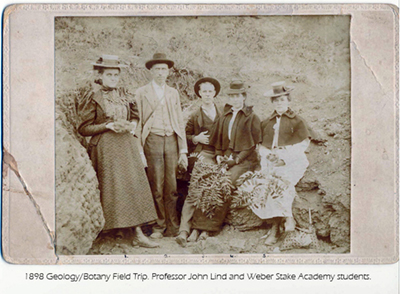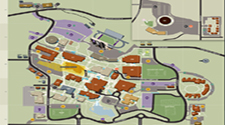A Brief History of the Department of Geosciences,
Weber State University, Ogden, Utah.
Compiled by Richard L. Ford
|
1889 |
Weber Stake Academy was founded by the L.D.S. Church to provide religious and secular education in the Ogden area at preparatory and high school levels. Beginning with the second academic year (1889-1890) a course in geology was offered, probably taught by Louis F. Moench (1846-1916), the academy’s first principal. |
|
1896 |
John Gustave Lind (1867-1944) joined the faculty as ascience instructor. As a teenager, Lind had worked as a tool boy in the mines at Park City. Later he earned a Normal Course certificate (1891) from the University of Deseret (precursor to the University of Utah) and a Bachelor of Science (1893) degree in general science from the University of Utah. For much of his career Lind was a one-man Department of Science, teaching courses in geology, mineralogy, chemistry, physics, zoology, physiology, physical geography, and Latin. |
|
1908 |
The name of the school was changed to Weber Academy. |
|
1910 |
In 1906 John Lind was called on an L.D.S. mission in Europe but was given a medical release due to health issues. He remained in Germany through 1910 pursuing graduate studies at the University of Jena (Germany) and Heidelberg University. Lind completed his doctorate in geology at Heidelberg in June 1910 and returned to Weber Academy for the 1910-1911 academic year, becoming the first Weber faculty member to hold a Ph.D. Professor Lind continued teaching at the college through the spring of 1938. |
|
1916 |
The academy added college-level instruction as part of a two-year Advanced Normal Course for the preparation of public school teachers. John Lind taught the first college-level geoscience courses in general geology and mineralogy during the 1916-1917 academic year. |
|
1918 |
Weber Academy became Weber Normal College and the quarter system was adopted beginning with the 1918-1919 academic year. |
|
1922 |
The school’s name was changed to Weber College and the first Associate in Arts (A.A.) degrees were awarded during the May 1923 commencement ceremony. In addition, the high school curriculum was phased out at the end of the 1922-1923 academic year. |
|
1933 |
Ownership and management of Weber College was transferred to the state of Utah effective July 1, 1933. Weber College would serve as the state junior college for northern Utah for the next 30 years. The Department of Geology, Geography, and Mineralogy was organized within the Division of Physical Sciences (the name of the department was shortened to Geology & Geography the next year). Walter Richard Buss (1905-2000) joined John Lind on the faculty and taught various geology, geography, and botany courses until his retirement in 1974. After Lind’s retirement in 1938, Buss was a one-man department for much of his tenure at Weber College. Buss would go on to earn a Ph.D. from Stanford University in 1964. |
|
1936 |
Walter Buss offered the first of many multi-day field trips by bus to Zion and Byrce Canyon National Parks. These annual field trips to explore the geology of the national parks would be very popular with Weber students for the next 35 years. |
|
1952 |
The Department of Geology & Geography moved from the historic downtown Ogden campus into Building 4 on the new Harrison Boulevard campus. |
|
1962 |
The 1962-1963 academic year was the first year in which upper-division courses were offered by the college. The Department of Geology & Geography offered a minor in geology along with its first upper-division courses in geomorphology, structural geology, and paleontology. Geology & Geography had been a two-man department since 1960 when Dallas O. Peterson (Ph.D. Washington State University) joined the faculty. |
|
1963 |
At the beginning of the 1963-1964 academic year the college, now named Weber State College, became a four-year baccalaureate institution, while retaining its open-enrollment junior-college mission. The Department of Geology & Geography had three (3) faculty members (2 geologists, 1 geographer) at this time. |
|
1965 |
The baccalaureate degree (B.S./B.A.) program in Geology was established and Roger D. Hoggan was the first student to complete the requirements; his Bachelor of Science in Geology was conferred at the 1966 commencement. Hoggan would go on to earn master’s and Ph.D. degrees from Brigham Young University, followed by an academic career at Ricks College, which later became Brigham Young University-Idaho. |
|
1967 |
The Department of Geology & Geography became part of the School of Arts, Letters, & Sciences and moved into the new Science Lab Building, along with the other science departments. This was the first time since 1940 that all of the science departments were in the same building. By this time the department had grown to 5 tenure-track faculty members (3 geologists, 2 geographers). Richard W. Moyle (Ph.D. University of Iowa) became the third geology faculty member when he started teaching in 1965. |
|
1968 |
The Earth Science Teaching major (B.S.) was established. The Department of Geology & Geography had grown to include nine (9) faculty members, five (5) geologists (Buss, Peterson, Moyle, Neff, and Pashley) and four (4) geographers. |
|
1970 |
The Earth Science Teaching minor was established |
|
1975 |
The first Bachelor of Science degrees in Earth science teaching were conferred. Beginning with the 1975-1976 academic year, the Department of Geology & Geography became part of the newly organized School of Natural Sciences. |
|
1981 |
The new classroom building (Lind Lecture Hall) for the School of Natural Sciences was named and dedicated (April 23, 1981) in honor of Professor John G. Lind. Earlier that same month Professor Rodney Neff died in an automobile accident while conducting field-based research near Delta, Utah. |
|
1983 |
The third floor of the Science Lab Building was named (Dr. Walter R. Buss Geology-Geography Complex) and dedicated (April 1, 1983) in honor of Professor Buss. |
|
1985 |
Geology and Geography split into separate departments. The Department of Geology had five (5) faculty members: Moyle, Pashley, Ash, Wilson, and Cashman. (The Department of Geography remained in the School of Natural Sciences/College of Science until 1996, at which time it moved to the College of Social and Behavioral Sciences.) |
|
1988 |
Dr. Walter R. Buss, Professor Emeritus, received an honorary Doctor of Humanities degree during Weber State’s 1988 commencement ceremony. |
|
1991 |
Weber State College became Weber State University on January 1, 1991, reflecting its growth and development into a comprehensive regional university offering a wide array of associate’s, bachelor’s and master’s degrees. The School of Natural Sciences became the College of Science. |
|
1995 |
The Department of Geology became the Department of Geosciences when remote sensing, computer cartography (G.I.S.), and introductory meteorology were added to the department’s course offerings and the Geospatial Analysis minor was transferred from the Department of Geography. The Department of Geosciences had grown to six (6) faculty members: Moyle, Ash, Wilson, Vaughn (transferred from the Department of Geography), Yonkee, and Eaton. |
|
1996 |
The Applied Environmental Geosciences major (B.S.) was established. The first students to complete this program graduated in 1997. |
|
1998 |
The University switched its academic calendar to the semester system. The Eta Gamma Chapter of The Society of Sigma Gamma Epsilon (National Honor Society for the Earth Sciences) was chartered within the Department of Geosciences. |
|
2001 |
The Geomatics (Applied Mapping Sciences) Institutional Certificate program was established. |
|
2008 |
Jeffrey G. Eaton (Ph.D. University of Colorado) was recognized and honored as a John S. Hinckley Fellow. |
|
2009 |
W. Adolph Yonkee (Ph.D. University of Utah) was recognized and honored as a Brady Presidential Distinguished Professor. |
| 2015 |
The Department of Geosciences is the academic home to approximately 160 majors studying in four (4) baccalaureate degree programs (Geology BS, Geology BA, Applied Environmental Geoscience BS, and Earth Science Teaching BS) and currently has five (5) tenure-track faculty members: Yonkee, Ford, Matyjasik, Hernandez, and Balgord. |

Geology/Geosciences Faculty Who Earned Tenure, or Its Equivalent:
1. John G. Lind: 1896-1938; deceased (1867-1944)
B.S. University of Utah 1893; M.A. Illinois Wesleyan University 1904;
Ph.D. Heidelberg University (Germany) 1910
2. Walter R. Buss: 1933-1974; deceased (1905-2000)
B.A., M.A. Brigham Young University 1930, 1933;
Ph.D. Stanford University 1964
3. Dallas O. Peterson: 1960-1970; deceased (1925-2004)
B.S., M.S. Brigham Young University 1952, 1953;
Ph.D. Washington State University 1959
4. Richard W. Moyle: 1965-1996; Professor Emeritus
B.S., M.S. Brigham Young University 1952, 1958;
Ph.D. University of Iowa 1963
5. Thomas R. Neff: 1968-1981; deceased (xxxx-1981)
B.S., M.S. University of Utah 1960, 1963;
Ph.D. Stanford University 1969
6. E. Fred Pashley, Jr.: 1968-1995; Professor Emeritus
B.S., M.S. The Ohio State University 1952, 1956;
Ph.D. University of Arizona 1966
7. Sidney R. Ash: 1970-1997; Professor Emeritus
A.B. Midland Lutheran College 1951;
B.A., M.S. University of New Mexico 1957, 1961;
Ph.D. University of Reading (England) 1966
8. James R. Wilson: 1981-2014; Professor Emeritus
B.S. Auburn University 1967; M.S. University of Tennessee 1973;
Ph.D. University of Utah 1976
9. Patricia H. Cashman: 1982-1988
B.S. Middlebury College 1972;
Ph.D. University of Southern California 1979
10. W. Adolph Yonkee: 1991-present
B.S., M.S. University of Wyoming 1980, 1983;
Ph.D. University of Utah 1990
11. Jeffrey G. Eaton: 1993-2015; Professor Emeritus
B.Mus. Manhattan School of Music 1971; M.S. University of Wyoming 1982;
Ph.D. University of Colorado 1987
12. Danny M. Vaughn: 1995-2002
B.S., Ph.D. Indiana State University 1978, 1984
13. Richard L. Ford: 1996-present
B.S. Virginia Polytechnic Institute & State University 1978;
M.S. University of New Mexico 1986;
Ph.D. University of California, Los Angeles 1997
14. Marek Matyjasik: 1997-present
M.S. Warsaw University (Poland) 1988;
Ph.D. Kent State University 1997
15. Michael W. Hernandez: 2003-present
B.S., M.S. Louisiana Tech University 1984, 1990;
Ph.D. University of Utah 2004
16. David J. Matty: 2011-present (Dean of the College of Science)
B.S. Central Michigan University 1977; M.A. Portland State University 1980;
Ph.D. Rice University 1984
Geology/Geosciences Department Chairs:
1. John G. Lind: 1916-1933, Department of Physical Science; 1933-1938, Department of Geology & Geography.
2. Walter R. Buss: 1938-1967
3. Dallas O. Peterson: 1967-1970
4. Richard W. Moyle: 1970-1973 & 1985-1988
5. Deon C. Greer (Professor of Geography): 1973-1978
6. Sydney R. Ash: 1978-1985 & 1993-1997
7. E. Fred Pashley, Jr.: 1988-1993
8. W. Adolph Yonkee: 1997-2012
9. Richard L. Ford: 2012-present
Sources:
Buss, W.R., 1945, Memorial to John Gustave Lind: Proceedings of the Utah Academy of Sciences, Arts, and Letters, v. 22, p. 16.
Buss, W.R., 1988, Science at Weber College, 1933-1974, a great school, a great group of teachers, in Sadler, R.W., editor, Weber State College: A Centennial History: Salt Lake City, Publishers Press, p. 198-211.
Hall, C.H., 1969, The Development of the Curricula at Weber State College 1889-1933: Ogden, Utah, Weber State College, 158 p.
Thompson, P.H., 1993, A Commitment to Learning, Weber State University, 1889-1993: New York, The Newcomen Society of the United States, 24 p.
Weber State University catalogs, 1897-2012.
Acknowledgments:
I would like to thank Andrew Rabkin, University Archives Coordinator, for his assistance in finding materials used to compile this department history.
Advisor & Office Hours
New Major Advisor
Dr. Rick Ford
rford@weber.edu
Monday - Friday
8:00 a.m. - 4:00 p.m.
Summer:
M/W/F, 9:00 a.m. - 3:00 p.m.
Mailing address
Weber State University
College of Science
1415 Edvalson St., Dept. 2507
Ogden, UT 84408-2507

